Letting The Outside In
 The Ultimate Guide to Window Treatments
The Ultimate Guide to Window Treatments
Whatever style of home you have, windows are one of the first things you notice and the way you treat your windows creates an ambiance which enhances your particular style. Window treatments are simply swaths of material, arranged or draped or pleated over an opening to the outside, a space waiting for you to unwrap!
- Creative Window Treatment Ideas
The sky is the limit with how creative you can get with your window coverings. Literally put any design you want on a shade—a photograph, a logo, or your art. A print-on –demand program provides you this outlet for a totally personalized shade that creates a memorable picture from your own photograph gallery, or design a menu or logo or capture any moment in time to view everyday.
Here are some ideas using ribbons and scarves:
If you’re the DIY type, you can get cracking at your own stitched or no-sew drapes or roman shades. Add ribbons, cloth tapes, iron on hems, bows, ruffles, contrasting fabric with trim or sew together vintage scarves, tablecloths, napkins or stencil away with your favorite shapes. Your imagination is only a shade away.
- Elegant Window Treatment Ideas
To achieve a graceful look on windows usually starts with your fabric choice. Roman shades and drapery are a no-brainer here. Softness, layers and deep, decadent folds are the key.
Oversize drapes that hang floor to ceiling are particularly elegant since they make your room appear to have higher ceilings. You can also easily add a shade behind the drapes to give the layered effect. Bonus points: use different textures and colors on the layers and your elegance factor shoots up.
- Unique Window Treatment Ideas
It’s time to get out of the boring blind and shade funk of thinking you can only do a neutral, blah window covering. Get unique and think top down bottom up shades that let you decide when and how much light to let in from above and below the shade.
Check these out:
For unique drapery ideas, I suggest holdbacks, jabot corners, drapery swags or dual material drapes either in color-blocking or wide stripes. Or, if you want off the beaten path blinds, think mirrored, etched glass, leather (yes, really) bulletproof (yes, also, really), or have any design your heart desires printed on a shade.
You can also use blinds and shades in other places besides the window. Think room dividers, inside awnings in alcoves, canopies around beds and focal points behind headboards.
- Inexpensive Window Treatment Ideas
Window treatments don’t need to leave your pockets empty with no change for your morning latte. Lots of inexpensive choices can perk up any room with a little knowledge and ingenuity. Mini blinds are a popular and reasonably priced option. Mini blinds are easy to install and are available in endless colors and textures and are often the first choice for many of us who want a “no nonsense “ window treatment, simple, plain and goes with everything.
Vertical blinds are another economical choice, but offer a bit more variety. For a traditional, clean look, roller shades fit the bill. They are usually made from vinyl or polyester fabric, come in various patterns and colors. I call these, “rollers”, as they are simple window treatment and you don’t have to be “rolling in money” to afford them. If you are looking for a more modern look for your home, try cellular shades.
For those with a do-it-yourself attitude, get your sewing machine, staple gun, and fabric ready. Make easy, inexpensive curtains with your favorite fabric (a sheet, YES, I did say that, or a tablecloth offers more whimsy). Just measure and hem one end big enough for a drapery rod.
Decorative window film looks especially hip on paneled windows and doors and is perfect for renters or those who like to redecorate their space often, since the film can easily peel off if needed. Voila! You now have custom and inexpensive window treatments that are uniquely you.
Your window treatments do not need to have a cookie cutter look. Add your own style and be creative with curtain rods, tie backs, and valances. These little finishing touches can make your windows quirky or quiet.
A Look At Window Treatments:
Window treatments are divided in 3 categories:
- Hard window treatments are made of hard materials like wood or vinyl. Such as: shades, blinds and shutters.
- Soft window treatments: anything made of soft materials such as: sheers, curtains, drapes, swags, valances, roman shades – from flat to hobbled styles.
- A combination of both is called a layered window treatment.
Treatments applied to directly to the glass include:
- Frosted glass
- Smart glass
- Stained glass
When looking at the different types of window treatments, remember that child-safe features including cordless and motorized operation are available for all categories.
Before you make a choice about which window treatment to use, consider what you will be doing in each given room. Whether you are sleeping, playing or cooking, you can customize your shade to match your style and provide all of the functions you need.
- Austrian shades
Fabric shade that is gathered in scallops when down and pulls into tighter scallops when raised. It has a touch of luxury. Can be made out of different materials including sheer fabric.
- Beaded Curtains
For a colorful hippie style look, beaded curtains are a great way to dress up a small window. Made from beads of all shapes, sizes, and materials, beaded curtains are simple to make and will add artistry to your room. They can get pretty expensive to buy, however. Luckily, they are fairly easy to make. Best of all, you can customize your curtains by choosing what color, size, and shape the beads are. You can even choose what material they are made out of!
How to make a beaded curtain:
Here is a nice little tutorial from WikiHow. It starts with a how to on making your own curtain rod. I’m going to assume that we can figure that part out.
You will need:
- Fishing line, or something to thread your beads onto. Fishing line is nice because it is clear, sturdy, and easy to use.
- Scissors
- Measuring tape
- Beads – lots and lots of beads
- Rings to hang the strands of beading on.
- Curtain rod and related hardware
Alternatively, you could drill holes in a yardstick size piece of wood. Either way, you’ll need something to hang your strands of beads on. In which case, you will not need the rings. Here’s a visual on how that works:
If you are using a curtain rod, hang the curtain rod first. Hanging the rod before you bead will allow you to determine how long your curtains will be. It will also keep the strands from getting tangled while you work on them.
Measure and cut your fishing line.
Measure how long you want your curtains to be, starting from the top of the curtain rod. Double your measurement and add 12 inches to it. Cut your fishing line accordingly. You are cutting your fishing line twice as long because you will be folding it in half and inserting two strands inside each bead. The extra 12 inches will allow you to finish off the curtains.
Cut and work on one strand at a time. If you cut too many strands at once, the fishing line may turn into a tangled mess.
If you don’t have any fishing line, you can also try using strong, sturdy thread, colored string, or even wire. Whatever you decide to use, make sure that it is thin enough to go through your beads.
Tie the fishing line to a ring.
Find the center of your fishing line, then slip it through the ring. Tie 2 to 3 knots beneath the ring to keep the fishing line secure; you can also use a slipknot instead. Make sure that the fishing line is centered, and that both strands are the same length.
Work on one ring at a time. Hang each ring onto the rod as soon as you finish it.
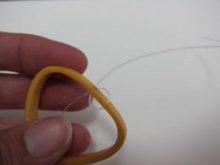 Note: If you are opting for the alternative method, the strand of beads will be attached to the wood hangar last instead of first.
Note: If you are opting for the alternative method, the strand of beads will be attached to the wood hangar last instead of first.
String on one bead at one end. This will be the last bead of your first strand. Make multiple loops through the hole of the bead and tie a knot to secure it. Start your first strand.
In case you’re wondering, this is the finished beaded curtain in the alternative method. She uses large wooden beads of various shapes and colors, with rings at the end.
Get some beads.
You will needs lots of beads, more than you think you’d need. They don’t all have to be fancy glass beads; they can be plastic, wood, or even homemade. You could even take apart costume jewelry, and use the beads from that. The funkier the beads are, the better!
Colored glass beads are wonderful for this project because they are translucent and catch the light well. If you are using colored string, consider using clear beads for a cool effect.
Consider getting some 2-hole beads for the end of your curtain strands. You will one 2-hole bead for each strand.
Start stringing your beads.
Take your first bead, and thread it onto the fishing line. Make sure that you are putting the bead through both strands of fishing line. Pull the bead all the way down to the split ring, and add the next. Keep doing this until you have about 12 inches of string left.
Your beads don’t all have to be the same size. Play around with different patterns. For example, you could use mostly small beads on your curtain, and use a large, chunky bead every couple of inches/centimeters.
Add a 2-hole bead at the end.
This time, put one strand of fishing line through each hole, and tie them together. Tie about 3 knots under the bead, then bring the ends of the fishing line back through the holes. Thread the strands back through the first couple of beads, then trim them off.
If you do not have any 2-hole beads, use a larger bead instead. Turn the bead so that the holes are pointing to the side instead of up-and-down. Take one strand of fishing line, and pull it through the left hole. Take the other strand of fishing line, and pull it through the right hole. Tie the knots above the bead.
If you are using the alternative method, tie the beads to the wood, loop the excess open end of the fishing line around the wood four or five times. Make a knot between the wood and the first bead. If you used precut holes in your wooden hangar, run the fishing line up through the holes, like you would with the last bead, one through one side, and one through the other, and then tie them off.
Tying the knots.
Consider placing a drop of superglue over the knot. This will make it stronger and less-likely to slip. Now run your excess fishing wire back through 4 or 5 beads and snip to make it disappear.
The knots are the trickiest part, especially when they are at the bottom of your strand. Here are a couple of pics to help visualize how to tie them:
Hang the beaded strands.
Hang the strand on the curtain, and start on the next one. It may sound like a lot of work, constantly getting up and sliding the ring onto your curtain rod, but it will help keep your work from getting tangled.
If you are using the alternative method of tying the strands to a wooden hangar, you will need to be careful and organized to ensure that the strands do not get into a tangled mess. Working on a table with a thick fabric (like a towel) underneath will help.
Design elements
Play with symmetry and figure out your pattern. If you plan on making a ∧ or a ∨ shape, making 2 strands at a time in the same length is more time efficient, and can be very helpful if you want to make sure the lengths match.
Finishing it up
Continue cutting and beading your strands until you have as many as you like on your curtain rod. They do not all have to be the same length, but remember to add 12 inches to each strand so that you can finish it off properly. A great idea would be to make your curtains a angle upwards in ^ shape.
Hang the curtain rod in place. Make adjustments as needed to ensure that the curtain is hanging evenly. If you used glass beads, the light behind the curtain will catch the colors of the beads and make them glow—just like a suncatcher.
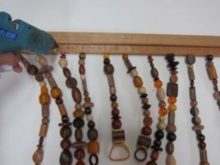 If you used the alternative method: After moving your strands to the desired spacing, hot glue another piece of wood exactly on top of the panel. The final width for this project was 16 inches wide so the 13 strands were all a little over an inch apart.
If you used the alternative method: After moving your strands to the desired spacing, hot glue another piece of wood exactly on top of the panel. The final width for this project was 16 inches wide so the 13 strands were all a little over an inch apart.
Once you get the hang of it, you could add beaded curtains to just about any door or window in your home!
Tips and Tricks
You will need a lot of beads for this project, but keep in mind, the bigger the beads and longer the strands, the heavier the curtain will be.
Take apart jewelry you are not wearing for some fun nostalgic pops, find strands of beads at thrift stores, or look through your grandmother’s jewelry chest.
I really loved this idea, and found a bunch of images and ideas… here they are:
And even better… we are not limited to beads. I also found this cool idea for using old CD’s:
And also some ideas featuring pom poms, wine corks, ribbons, and more:
But wait, there’s more! Here’s a nifty tutorial for making beads out of paper for a really inexpensive, albeit time consuming beaded curtain:
Ok, that’s enough of that!
- Café curtains
These are straight curtains hung from rings that slide along a rod. May cover the lower portion of the window or the entire window. It is great when you need to allow lots of sight into the room while keeping lower part of the room (above dining table, or in the bedroom) private.
They are very easy to make. Here’s a short tutorial for cafe curtains:
Time: 15 Minutes
Cost: $5.00
Difficulty: Easy
Since I was going to Ikea anyway, I picked up 6 extra of my favorite dishtowels, and had my mom whip up 2 panels using 3 tea towels for each panel. Add to the top a one inch rod pocket and I had some rustic, casual cafe curtains!
- Cellular shades
Cellular shades are the best insulators of all energy-efficient window treatments. They get their name and insulating properties from their fabric honeycomb cells that trap air between the window and the room. This unique design maximizes energy efficiency and insulates your home .This results in heat gain in the winter and heat loss in the summer.
Cellular shades come in single cell, double cell, and triple cell. They also offer different levels of light control from light filtering to blackout. Unlike window blinds which are made of hard materials, they are made of a soft paper- or cloth-like materials. Typically spun lace and bonded polyester are used, but other fabrics can be used during the manufacturing process.
For insulation and energy efficiency, cellular (honeycomb) shades, with their little pockets of cells (think beehive and honey) keep your temperature serene. All of those little pockets trap air and help keep the heat out in the summer and the warmth in during the winter. Those bees are smart little hummers!
Available in every possible color, they’re an ideal fit for most rooms and the cordless options make them great for families with kids or pets. Top down bottom up features are a must have option for maintaining privacy while still letting light stream in.
- Drapery
Drapery adds style and elegance to your home while also providing functional light control and privacy. Panels hang vertically from hardware at the top to your desired window treatment length.
Also referred to as curtains, can be used to create an elegant, casual or a sophisticated look. May draw across the rod or remain stationary on either or both sides of the window. Curtains come in a variety of shapes, materials, sizes, colors and patterns, and they often have their own sections within department stores, while some shops are completely dedicated to selling curtains.
Curtains vary according to clean-ability, ultraviolet light deterioration, oil and dust retention, noise absorption, fire resistance, and life span. Curtains may be moved by hand, with cords, by press-button pads or remote-controlled computers. Measuring curtain sizes needed for each window varies greatly according to the type of curtain needed, window size, and type and weight of curtain.
Available in many different styles, fabrics, colors and patterns, you can easily coordinate drapery to layer with any existing window treatments or simply use panels only
Drapes and curtains are the most decorative window treatment and the terms are often used interchangeably as full length panels of material. Drapes add extreme personality to a space, transforming a room in the form of breezy sheers or lush velvet. While decorative, they also filter or block light and may be lined for thermal insulation.
Hung high near the ceiling and draped near the outer edges of a window, drapes can make both the room and the window feel larger.
Drapes become a perfect companion when paired with another window treatment such as a timeless wood blind, an insulating cellular shade, or a rustic woven wood shade. Drapes are the dessert of window treatments!
- Mini Blinds
If you’re looking for the lowest cost option in window treatments, mini blinds are your answer! They are a basic blind that does the trick of providing privacy and controlling the light with a simple twist of the wand.
Mini blinds are available in an array of colors, different materials (aluminum and vinyl) as well as different thicknesses to solve all your light issues. Mini blinds offer minimal treatment. They can also be painted. These rainbow mini blinds are pretty cool.
The DIY is very simple. Take down the blind and clean it really well. When it is thoroughly dry, spray with a primer and then when that’s dry, spray paint it with the color of your choice. If you opt for the rainbow blinds, each slat will have to be painted individually. I’d recommend a foam brush and a good quality paint.
- Outdoor shades
Outdoor shades are innovative, lightweight and just shout easy living. Made from a solar screen material, outdoor shades block the heat, glare and damaging rays. The airy fabric lets the wind move through for a cool breeze, yet protects and offers privacy.
If you live in a climate with extreme sun, outdoor shades can be mounted to the outside of the house to prevent the sun from even reaching your windows and heating the place up like an oven. Outdoor shades are de rigueur (means you gotta have them) for patios, porches, and other outdoor spaces for ultimate outdoor living and entertaining.
- Panel track blinds
Panel track blinds are made out of a series of fabric panels that slide back and forth to give you optimal light control and privacy. Sometimes called sliding window panels. Offer a simple, versatile and stylish solution for sliding doors or picture windows.
These blinds are a modern alternative to vertical blinds for covering large windows or sliding glass doors.
Panel track blinds are the best thing to happen to sliding glass doors and large picture windows since vinyl vertical blinds! You can’t beat these when covering a large space. A cross between drapery and vertical blinds, a series of panels slide open and closed on a track system. So cool.
When mounted to the ceiling, panel track blinds can also be used as a room divider. The variety of materials offered range from basic vinyl to solar screens to natural woven woods. Once your sliding glass doors are outfitted with smashing fabric panels, you will become a panel fan.
- Pleated shades
Pleated shades are made from a single piece of fabric with pleats that collapse and stack neatly as you raise the shade. This slat-like effect gives your home a casual, semi-sheer look that allows a considerable amount of light to filter through the window.
A more affordable alternative to cellular shades are pleated shades which are actually constructed with crisp pleats cascading down your window. The insulation benefits don’t match a cellular shade but the look is quite similar. Many people object to the light that comes through the holes made by the cords as the shade is lowered. However, an option is now available to decrease those unsightly slivers of light, the “no holes pleated shade.” You don’t need an iron to keep those pleats sharp!
- Roller shades
Roller shades are one of the most affordable options when it comes to covering your windows. These shades roll up neatly onto a tube, making them appear minimal and discreet when raised. With blackout and light-filtering options, you can choose the amount of light control that you wish for any given room.
Roller shades, also called roll up shades or roller blinds, are an easy and economical way to add color, style and texture to any decor. Constructed with modern fabrics and offer simple functionality for ease of use.
The idea of a roller shade is pretty simple. When lowered, the shade hangs flat near the window pane and when raised, it rolls up onto a cylindrical rod. Lots of fabrics are a plus here: blackout material, sheer fabric, and linen and a palette of patterns. Technology today even allows you to print your own images, photos, art or design on a roller shade.
A cordless lift option creates an additional clean look. Roller shades are a straightforward, budget friendly window treatment option.
- Roman shades
Roman shades consist of one continuous piece of fabric, featuring horizontal folds down the length of the shade. These folds lay flat against the window when down but fold up nicely when raised, combining the soft look of fabric drapery with the functionality of a shade.
Provide privacy, light control, and offers insulating qualities; can be made in any fabric. Roman shades are usually opened with a cord mechanism, allowing the user to adjust the height of the covered area. Many different kinds of materials, from wood to fabric, can be used to create Roman shades, as well as natural materials such as bamboo.
Roman shades give the rich impression of drapery with the functionality of a shade that opens and closes easily. When closed, they hang like a panel, like a good solider and when raised, they fold up and look similar to a valance, like a cloud.
Roman Shades are available in so many fabrics, creating a burst of color or texture in your room. Different styles fit seamlessly into décor styles such as traditional, family-friendly, and even contemporary. And don’t think form wins over function. With roman shades, there are options galore to choose from like top down, bottom up or cordless or thermal liners. Romans are happy to roam on all of your windows.
- Sheer Curtains (Net Curtains)
A sheer or net curtain is one that is made from translucent (sheer) fabric. The sheerness of a fabric is expressed in 3 main characteristics (extremely rare, very thin, barely visible). The materials which can be made translucent include gossamer, silk, rayon or nylon.
Sheer fabric comes in a wide variety of colors, but for curtains white and shades of white, such as cream, winter white, eggshell, and ivory are popular. They are sometimes referred to as privacy curtains; during the day they allow you to see from the inside out whilst preventing people outside from seeing directly into the space.
- Sheer shades
Sheer shades are an elegant window covering. These popular window treatments feature two sheer fabric facings over soft fabric vanes.
When vanes are open, diffused light is let inside, and your view to the outside is preserved. When closed, however, room-darkening styles of sheer shades will completely block out light.
Sheer shades are the best 2 for 1 window treatment on the market. You get the look of a fabric shade with the functionality of a blind. They are light and airy and elegant. When the shades are closed, the vanes can be tilted open for a filtered view or completely closed for privacy.
Of course, sheer shades can be raised for a full view of your beautiful garden or kid’s playground or rambunctious pets. Beautiful in living and dining rooms, your bedroom is just as important, as sheer shades in a room-darkening fabric guarantee you the sleep you deserve.
- Shoji Panels
Used in Japanese decorating. Can be used as room dividers, doors and window coverings. These screens are made of wood or bamboo with a translucent rice paper, which is porous and easily allows light into the room.
It can be also used as folding screen (free- standing furniture). It consists of several frames or panels, which are often connected by hinges or by other means. It can be made in a variety of designs and with different kinds of materials.
- Shutters
Shutters are a classic window treatment choice, adding architectural design directly to your windows. Shutters are a great value when you consider they actually add value to your home.
Louvered or fixed slats. Attached with hinges so they can be opened and shut. Made of wood or plastic. Shutters may be employed for a variety of reasons, including controlling the amount of sunlight that enters a room, to provide privacy, security, to protect against weather or unwanted intrusion or damage and to enhance the aesthetics of a building. The term window shutter includes both interior shutters, used on the inside of a house or building, and exterior shutters, used on the outside of a structure.
The elegant design of shutters looks attractive from both the inside and the outside.
Shutters are dynamic as an architectural statement and are not only functional and beautiful window treatments, but they can also add value to your home.
I don’t think a simple shutter would be too difficult to make, so I found a bare bones visual tutorial in case anyone wants to try it:
Shutters help to control incoming light, offer privacy when closed and help to insulate against heat, cold, and sound. Shutters add timeless, traditional sophistication to any room. Shutters are so impressive; they make me feel like the Queen of England in my country manor or a totally hopeless romantic in my beach cottage.
- Solar shades
Solar shades are also known as “window sunglasses” for their opaque design that allows you to preserve your outside view while also providing considerable light control. Available in openness factors ranging from 3- to 14-percent, you will want to choose a higher openness to let in more light and preserve your view.
Solar shades are really just a roller shade made with a screen material. If you have a stellar view or just want to bring the outdoors and light into your house, but you need to cut the glare and control the UV rays that stream in from your windows, solar shades do the trick. They do a fine job of filtering the sun, yet your view to the outside is preserved.
Of course, the huge plus is the energy efficiency as we all want to save the resources of our planet while lowering our personal energy bills. Solar shades are another “on trend” window treatment in our light obsessed world.
- Wood blinds
Wood blinds are a classic choice for windows and outlast trends or styles. Made of real wood, using various grains and stains, wood blinds remain durable through the years. The warm look of wood blinds pairs well with other wood furniture, flooring and trim.
I initially think of wood blinds in a den or library, but really, they’re at home in most rooms. Wood blinds are simply natural wood slats that are either painted or stained. They are a classic treatment, complementing many decorative styles and their simple construction makes them easy to operate. Many finishes are available ranging from light pine to bamboo to richly stained ebony. Different slat sizes are offered depending on the degree of control you’d like with regards to privacy and light control. For a stylish look, layer wood blinds with drapery or top with a valance.
- Faux wood blinds
 Faux wood blinds have the same look as real wood, but are more affordable window treatments because they’re made out of PVC, vinyl or composite wood material. Faux wood blinds are also moisture resistant, making them a great choice for kitchens and bathrooms where real wood would otherwise warp and crack.
Faux wood blinds have the same look as real wood, but are more affordable window treatments because they’re made out of PVC, vinyl or composite wood material. Faux wood blinds are also moisture resistant, making them a great choice for kitchens and bathrooms where real wood would otherwise warp and crack.
For the best value and for an uncomplicated look, faux wood blinds are a good first choice. Why? Here are some of my favorite words: affordable, efficient, attractive, and easy maintenance. That means no fading, or fraying and just a quick swipe now and then.
Faux wood blinds look and feel like wood blinds, but are less expensive and more durable. Since these blinds won’t warp or fade, they are the best option for humid climates or high moisture rooms such as bathrooms and kitchens.
- Venetian Blinds
Made of wood, metal or plastic. They are suspended by strips of cloth called tapes, or by cords, by which all slats in unison can be rotated through nearly 180 degrees. The slats can be rotated such way that they overlap with one side facing inward and then in the opposite direction such way that they overlap with the other side facing inward.
Between those extremes, various degrees of separation may be effected between the slats by varying the rotation. Slat width can be between 16 and 120 mm, with 25 mm being a common width.
- Vertical Blinds
Unlike horizontal blinds, vertical blinds are less likely to collect dust because they stand vertically. Since they draw to the side rather than lifting and lowering, they operate better on doors and windows that also slide from side to side. Generally they require less muscle strength, and are faster to operate. Are an excellent solution for covering windows that are extremely wide and for patio doors as well.
Fabric blinds are noise reducing and will insulate from the heat of the sun and the chill of the wind. Vertical blinds are available in flat plastic (PVC), fabric, embossed PVC, faux wood materials, metal, wood and also S-curved slats. Vertical blinds are also used for door ways in public spaces in order to keep the warmth inside the room and/or in warmer climates in order to discourage flies and some other insects from entering the building
- Woven wood shades
Woven wood shades, often called bamboo shades or matchstick shades, offer an exotic, natural look and are a great way to add textured, casual good look to almost any decor. Woven wood shades offer complex textures, exotic reeds, grasses, woods, and sophisticated natural colors.
Window treatment manufacturers make woven wood shades out of a variety of materials, including grasses, reeds and bamboo. You may add liners to increase privacy or include fabric trim to further customize the woven wood shade to your room.
Woven wood shades run the gamut from casual and rustic to tailored and elegant. Made out of renewable materials such as bamboo, reeds, or grasses, they are an environmentally responsible selection. Woven wood shades bring wonderful texture into a room and are effortlessly chic.
Other considerations:
- Kitchen window ideas:
The kitchen is your hub, your ground zero. We all have to eat, and let’s face it, as much as you may plan for guests and kids to gather in another part of your home, they come find you in the kitchen, because that’s where all the fun happens. It’s also the room where the temperature is up and down and experiments happen more often than not (I think of mine as more of a lab).
Since there is high moisture and potential spillage in the kitchen, faux wood blinds are a great choice since they will not warp or fade. They are natural ventilators and are durable even for the rowdiest of chefs. They also clean easily, to boot.
If you’ll be covering windows above sinks and stoves, consider a cordless shade in the kitchen. Long winding cords getting stuck in the disposal or singed off into your soup are no bueno. If your kitchen faces out on the street, you might like shutters since they give great curb appeal. Shutters are naturally cordless, too.
- Dining Room Window Ideas
This is where you celebrate the best things, either your nightly family ritual, or your big feast that comes a few times a year. If you’re going formal, think about tall drapes because you can do a floor-to-ceiling effect where you’ll bring a feeling of height and importance. It’s dramatic but still inviting.
If you’re going more laid-back, roman or roller shades will keep the space warm and private with a soft, homey feel. Cellular or pleated shades are a great pick for anyone in between who uses the dining room for all celebrations, big or small.
- Living Room Window Ideas
In here, you’ll be making a statement about your home, entertaining, and protecting large furniture that you don’t want to fade. Solar or cellular shades are the great protectors from direct sunlight, and you can pick how much light you want coming in while still preserving your view outside.
On stark bay windows, roman shades are soft and elegant. On tall windows, or ones you want to seem tall, pick any shade and then overlay long drapes to really give reach and a finished look. Add a valance and you’ll really have a wow window.
Think outside the box in this room—make it a signature room with color, bold patterns and mix and match fabrics. It’s your living room—make it feel like you want to actually live in it!
- Bedroom Window Ideas
Your bedroom is your sanctuary where you wake up and wind down every day. Bar none, your first thought should be privacy, and how much of it you want.
Blackout shades are great for pure darkness, especially if you don’t rise and set with the sun. If you are not a vampire and would like a little light, go with day/night shades that give you the best of both worlds—room darkening on one end and light-filtering on the other. These shades are way amazing and some of us think this is a secret blind, for the underworld.
Cellular shades are naturally calming with their soft diffusion of light and their fabric touch. They insulate during any season, and they come in patterns stimulating enough to wake up to, but still serene enough to fall asleep to. To keep it serene in this room, add motorization—your shades will practically operate on their own. In the end, a blind or shade that makes the ambiance feel warm to you is your best bet in the bedroom.
Wow! Check out these City Scape Black Out Blinds!
These are the perforated cityscape roll-up window blinds created by Ukraine based HoleRoll. They look like nighttime cityscapes when rolled down, look like whatever is outside your window when rolled up.
Their prices start at around $152 per shade, which is way out of my league, but I thought it might be fun and interesting to try to make them. I went on an exhaustive search for a DIY and came up with nothing. So…
How hard can it be? Start with some great roll up shades. Cover the front with black fabric, paper, or paint. Alternatively, buy some black out shades that are already black. And then cut them yourself. A night sky looks fairly simple and might be a good place to start. And then, be brave and get creative! Here’s a city scape image to get started with. Don’t forget to add stars… and maybe a crescent moon!
And if you need even more ideas. Black out shades are not the only things that can be super cool when painted black, back lit, with tiny holes punched in.
So, there you have it! Everything you ever wanted to know about window treatments and a little bit more!
Sources:
- Radical Self Care Project Overview by shirleytwofeathers - No Comment
- Radical Self Care Image Gallery by shirleytwofeathers - No Comment
- It’s A Wrap by shirleytwofeathers - 3 Comments
- Something To Consider by shirleytwofeathers - 1 Comment
- Nurturing Your Precious Self by shirleytwofeathers - 3 Comments
me: Make Your Own Violet Fire
Abdulrahman: Money Chant – Very Fast
Shirley Twofeathers: It’s A Wrap
Daniel Knirs: It’s A Wrap
Shirley Twofeathers: It’s A Wrap
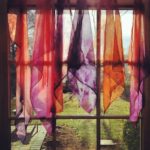
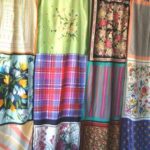
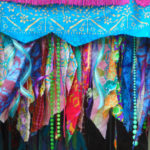
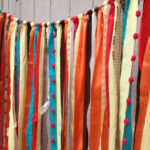
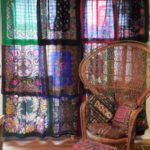
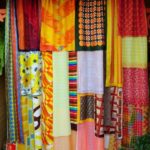
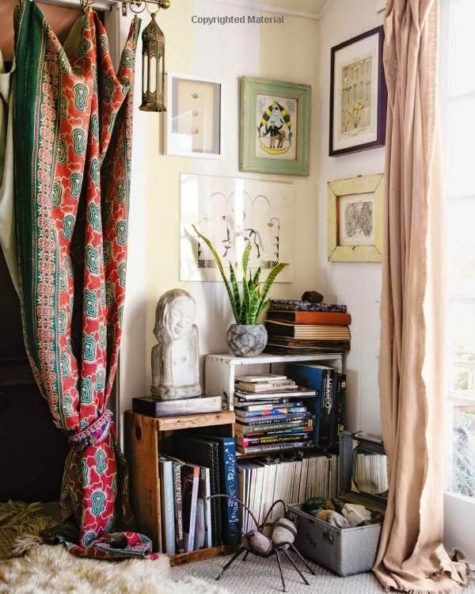
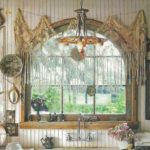

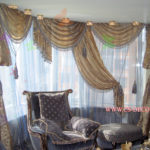
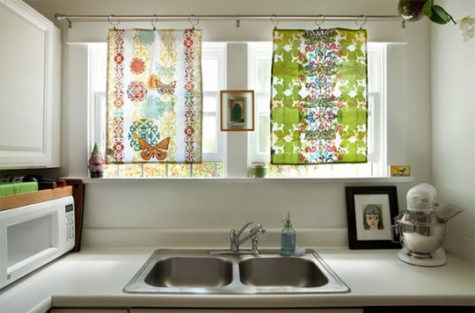
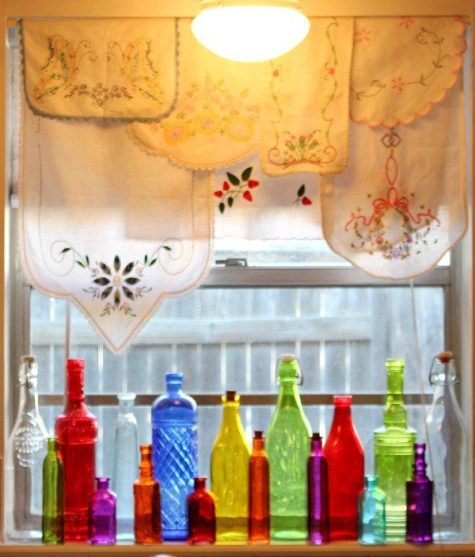
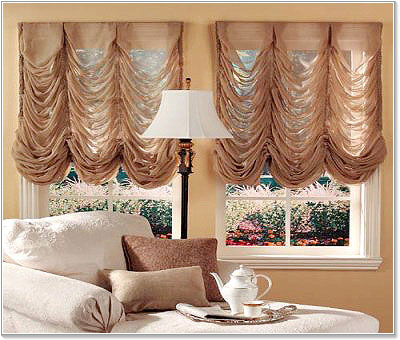
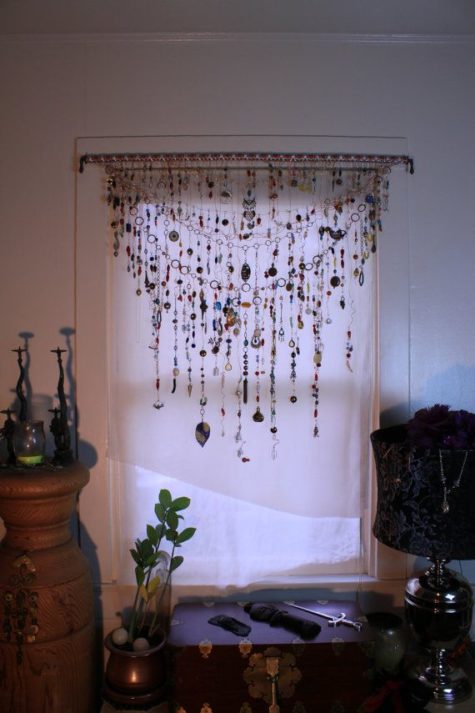
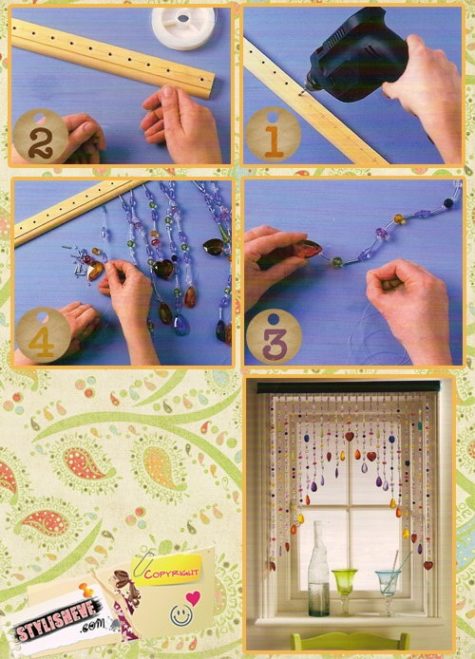
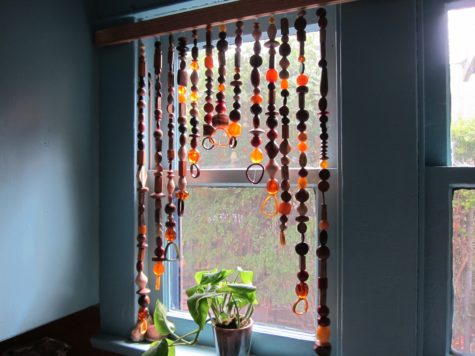

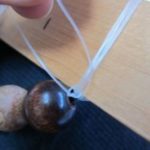
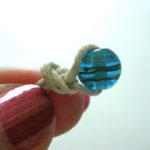
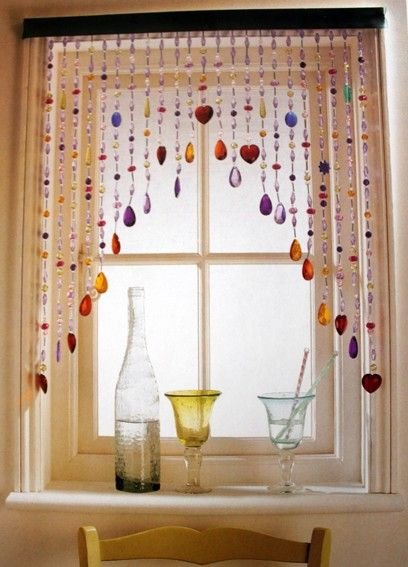

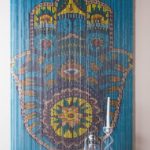
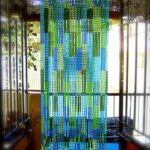

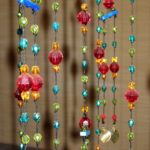
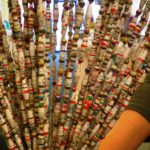
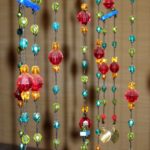
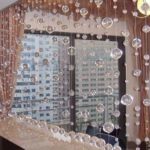
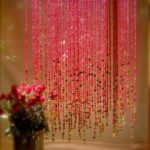
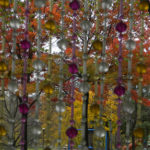
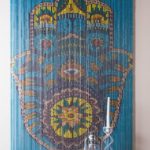

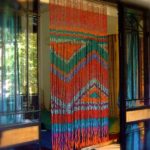
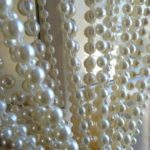

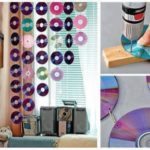
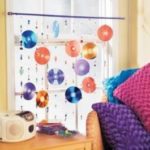
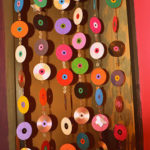
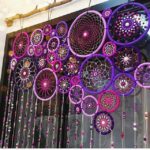
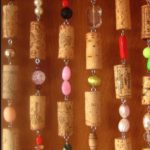
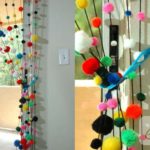

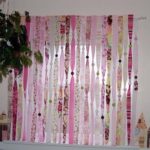



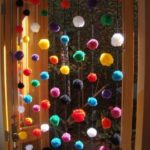
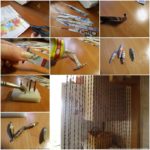
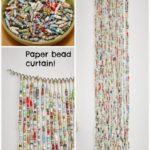

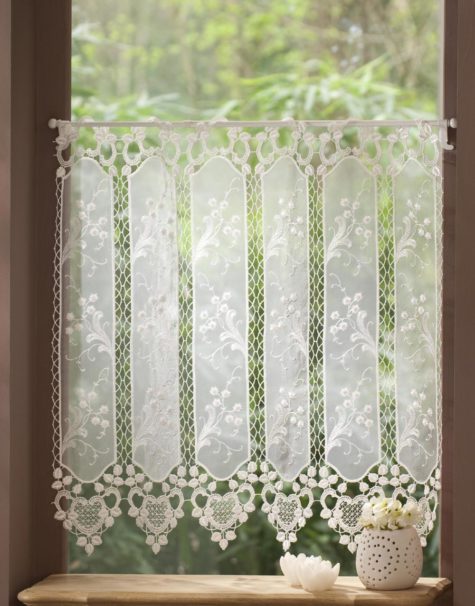
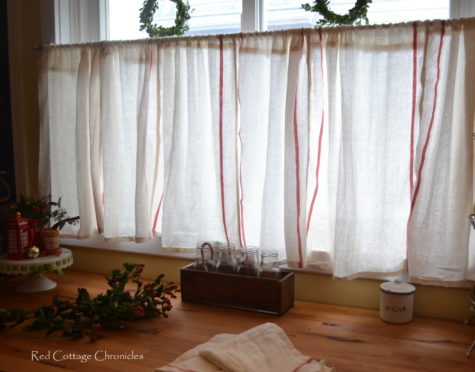
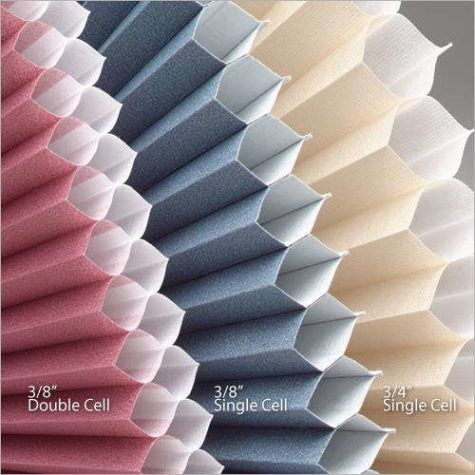
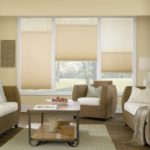
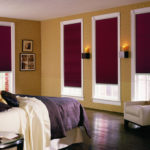
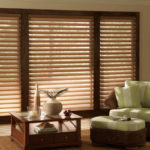
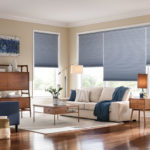
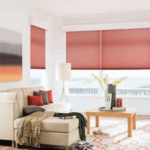
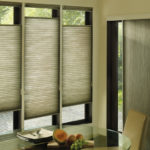
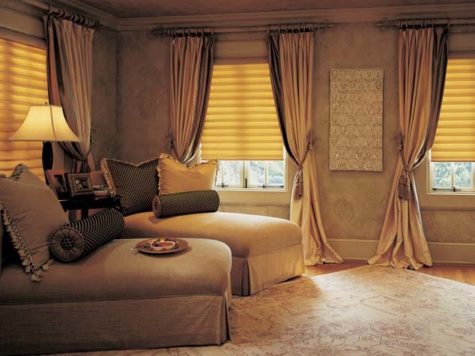
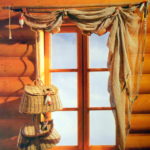
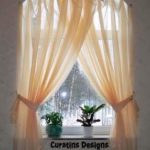
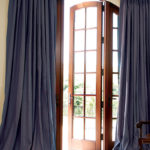

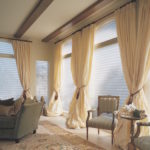
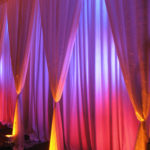
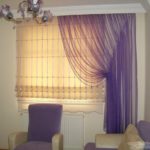
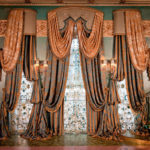
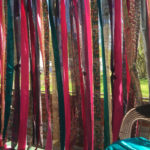
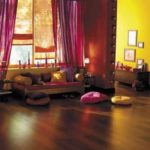
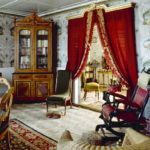
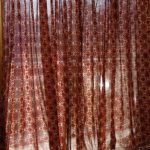
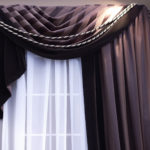
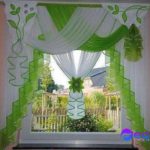
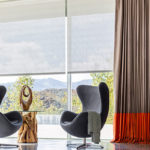
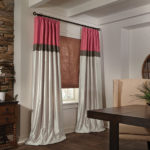
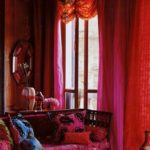
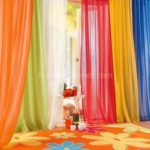
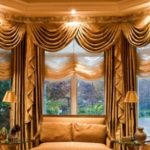
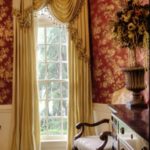
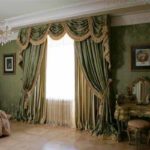

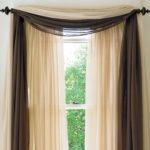
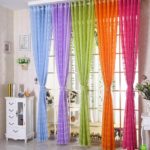
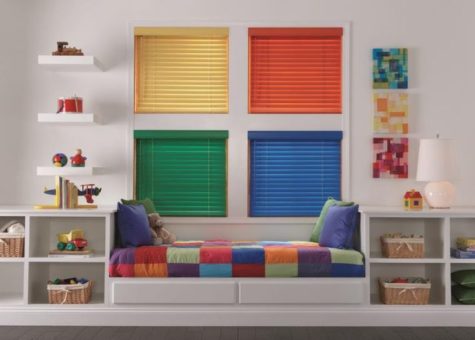
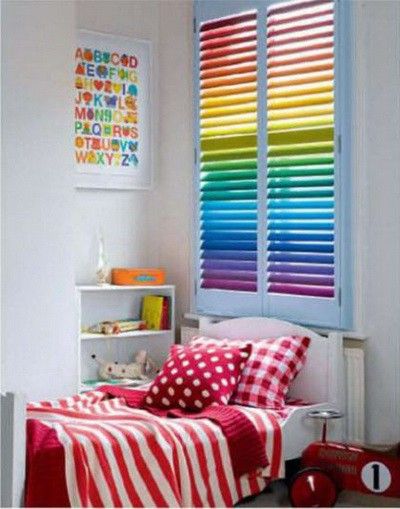
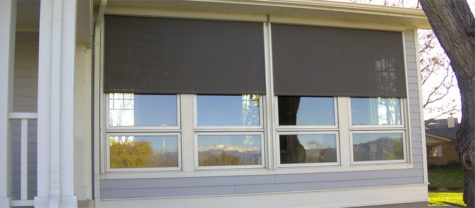

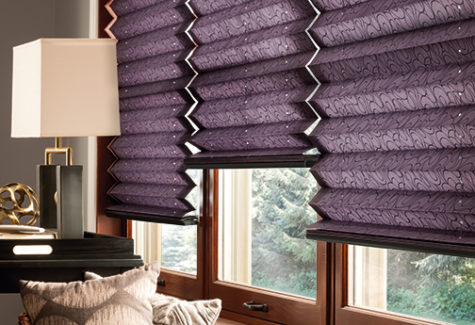

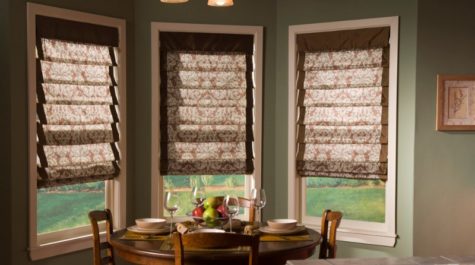
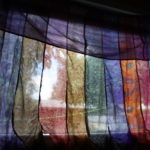
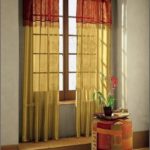
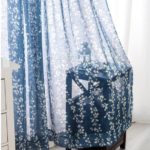
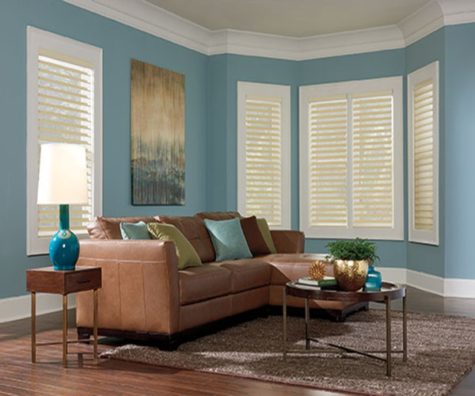
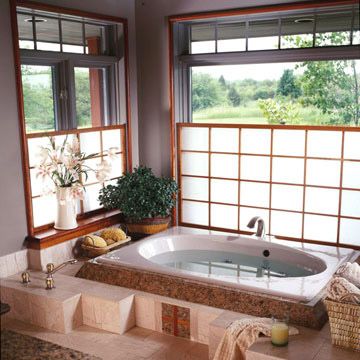
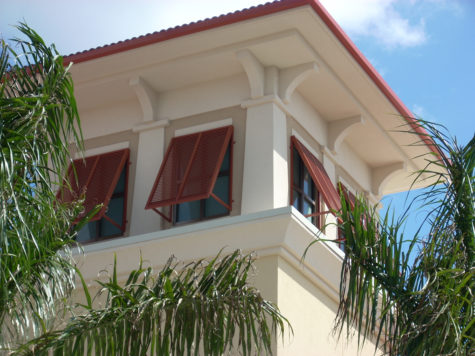
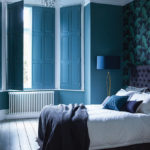
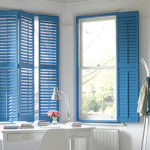
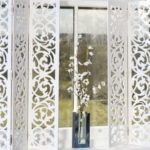
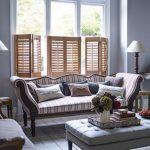
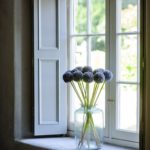
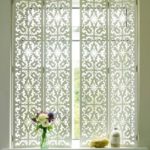
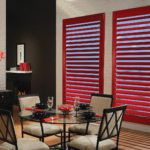
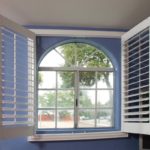
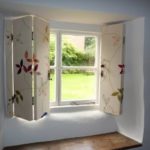
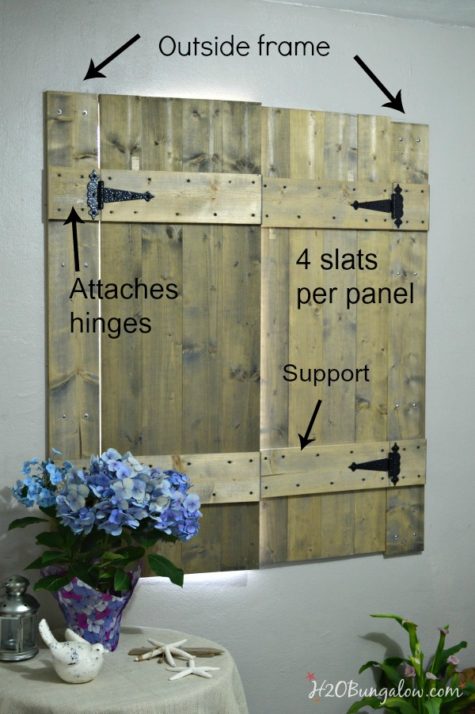
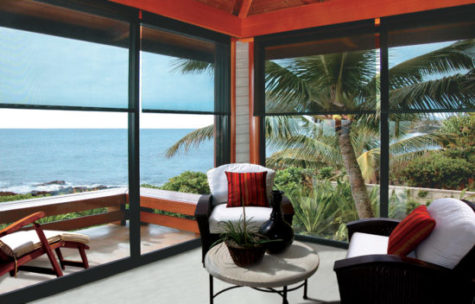
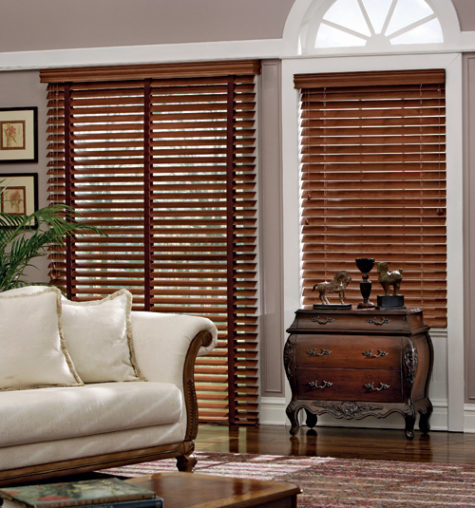
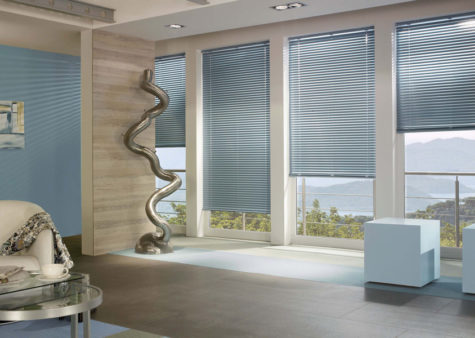
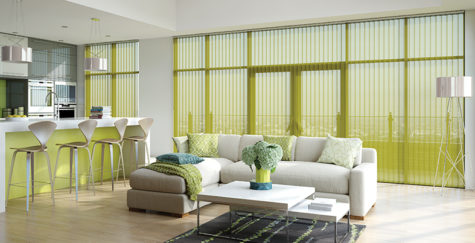
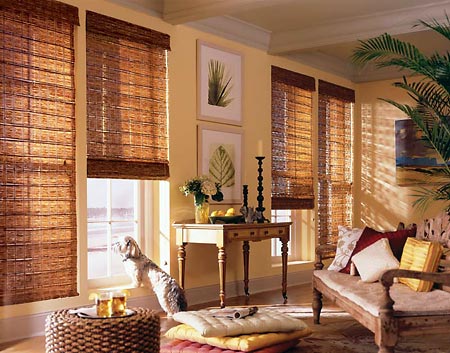
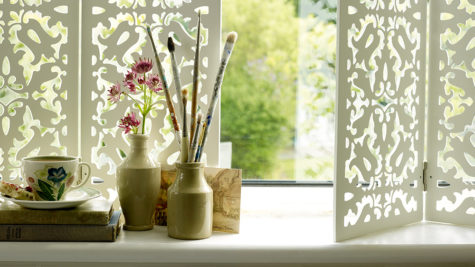
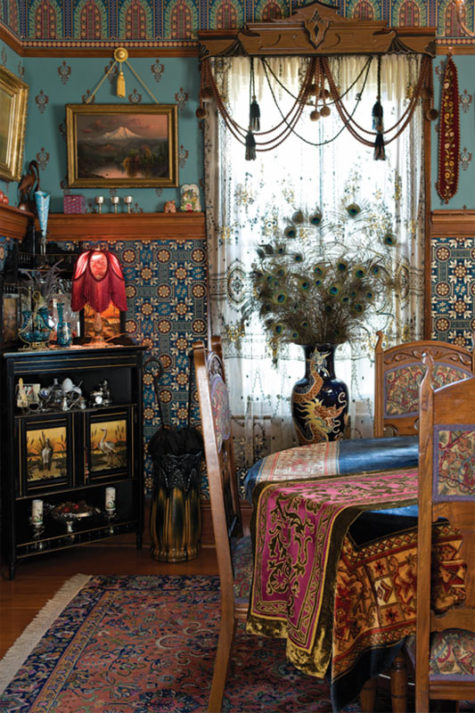
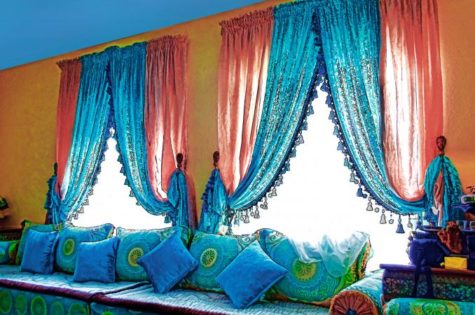
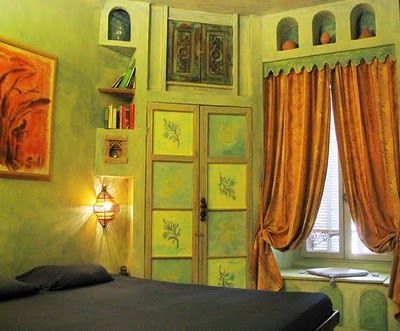
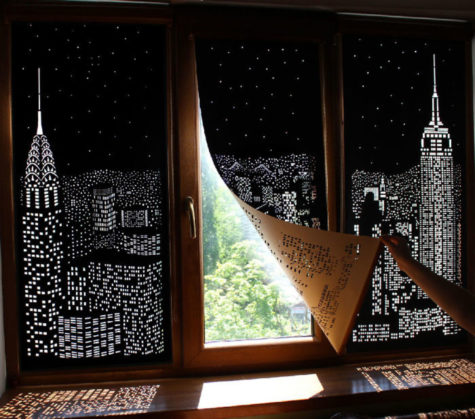

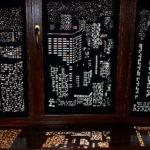

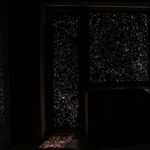

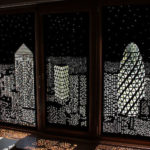

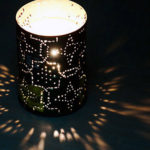

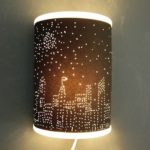
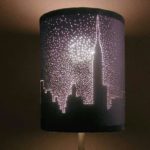
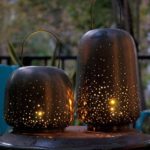
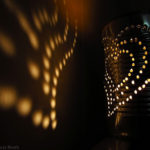






Leave a Reply